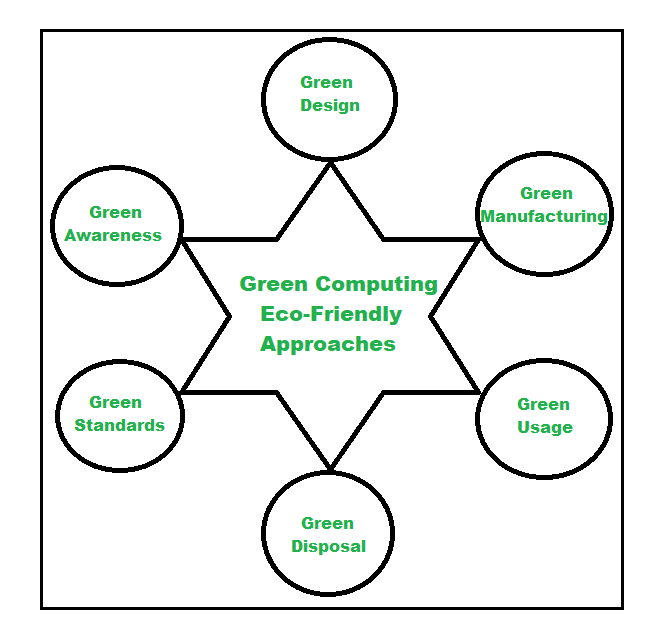Future of Green Computing
Last Updated :
31 Mar, 2021
Green Computing also called as Green IT (Information Technology) or Green Technology refers to the durable computing of the environment which means eco-friendly use of computers, and it’s related resources. In a broader term it refers to the study of designing, manufacturing, using and disposing of computing components in a way that reduces the bad environmental impacts. Such practices include designing energy-efficient computing devices, implementation of energy-efficient processing units and servers, reducing the use of dangerous materials and encouraging the recyclability of digital devices, proper disposal of electronic waste (e-waste). Green computing always aims to make the computing process more Green friendly. In 1992, it was originated and initially known as Energy Star, later it is known as Green Computing.
Objectives of Green Computing :
- To minimize the use of hazardous IT/computing products.
- To make the computing process more eco-friendly.
- To make the computing process energy efficiency.
- Reducing travel requirements.
- Recycling of computing wastage product.
- Purchasing and using green energy.
- Save money due to reduced utility cost.
- Reducing the use of papers.
- Designing good algorithms for better computer’s efficiency.
APPROACHES TO GREEN COMPUTING :
For the promotion of green computing, the below four approaches are utilized
- Green Use –
Reducing the power usage of computers and its periphery subsystems and using them in an eco-friendly manner. Also adopting virtualization reducing the need of energy.
- Green Disposal –
Recycling and reusing existing equipment, properly disposing the wasted IT/computing materials, electronic equipment etc.
- Green Design –
Designing energy efficient as well as effective systems which have a minimal impact on the green environment.
- Green manufacturing –
Manufacturing Biodegradable materials, also manufacturing long usable, recyclable products and reducing wastage during manufacturing process.
The below figure represents the approaches of green computing :

Applications of Green Computing :
- Green Wireless Network.
- Energy Management in Data Centre’s.
- Green Cloud Computing.
- Green Parallel Computing.
Advantages and Disadvantages of Green Computing :
Advantages :
- Reduced energy consumption.
- Maintaining green environment.
- Cost-effective computing.
- Conservation of resources.
Disadvantages :
- Rapid change in technology.
- Initial implementation may be costly.
- Requires care from user.
- Requires deep understanding of green computing concept.
Some tips for the computer users and businesses to make computing process more green :
- Power-down the computer system, and it’s peripherals during completion of its usage.
- Sleep mode the systems away from system for extended periods of inactivity.
- Use notebook computers and laptops rather using desktop computers.
- Go for green packaging solutions.
- Minimize the use of paper and use e-paper also recycle the wastage papers.
- Proper disposal of electronic wastage.
- Try refurbishing an existing device instead of going for a newer one.
Like Article
Suggest improvement
Share your thoughts in the comments
Please Login to comment...